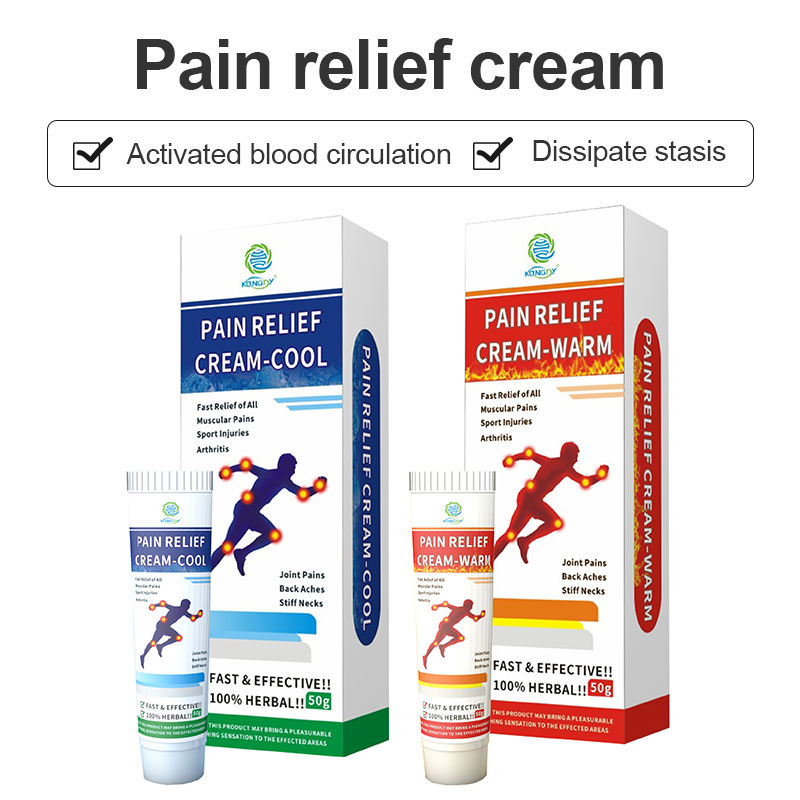Pain relief creams have become increasingly popular as a non-invasive method to manage various types of pain. These topical treatments offer a targeted approach to alleviating discomfort, providing relief directly to the affected area without the need for oral medications.
The primary advantage of pain relief creams lies in their localized application. Unlike oral painkillers that affect the entire body, these creams work specifically on the area where they are applied. This targeted approach can be particularly beneficial for those suffering from muscle aches, joint pain, or arthritis.
Most pain relief creams contain active ingredients such as menthol, capsaicin, or salicylates. Menthol creates a cooling sensation that helps numb the pain, while capsaicin, derived from chili peppers, works by depleting a neurotransmitter responsible for sending pain signals. Salicylates, similar to aspirin, reduce inflammation and pain when absorbed through the skin.

Some creams also incorporate natural ingredients like arnica, eucalyptus, or camphor, which are known for their analgesic and anti-inflammatory properties. These natural components often appeal to consumers seeking alternative remedies.
The ease of use is another factor contributing to the popularity of pain relief creams. They can be applied quickly and easily, making them convenient for on-the-go pain management. Many creams are also formulated to be non-greasy and fast-absorbing, allowing users to apply them without worrying about stains on clothing.
While pain relief creams are generally safe for most users, it’s important to follow the application instructions carefully. Overuse or application on broken skin can lead to side effects. Additionally, some individuals may be sensitive to certain ingredients, so it’s advisable to perform a patch test before widespread use.
For chronic pain sufferers, pain relief creams can be an excellent complement to other treatment modalities. They can provide temporary relief and improve mobility, allowing individuals to participate more fully in physical therapy or daily activities.
As research in topical pain management advances, new formulations are continually being developed. Some newer creams incorporate technologies that enhance ingredient penetration or provide longer-lasting effects.
While pain relief creams are not a cure-all solution, they offer a valuable option in the pain management toolkit. For many, they provide a safe, effective, and convenient way to address localized pain and improve quality of life.





